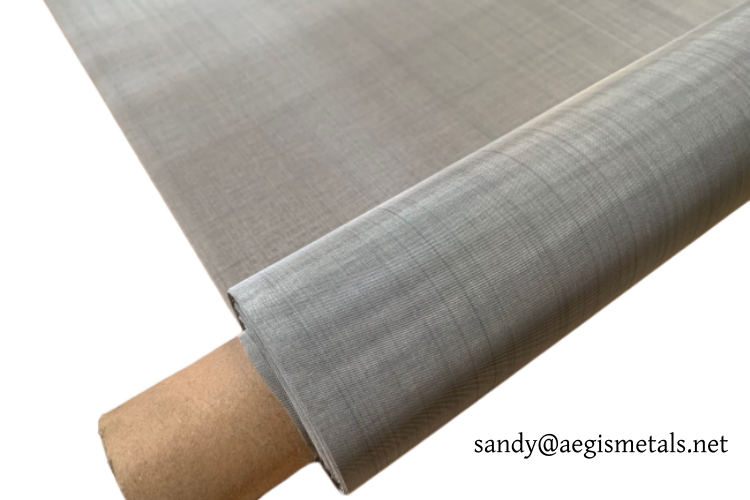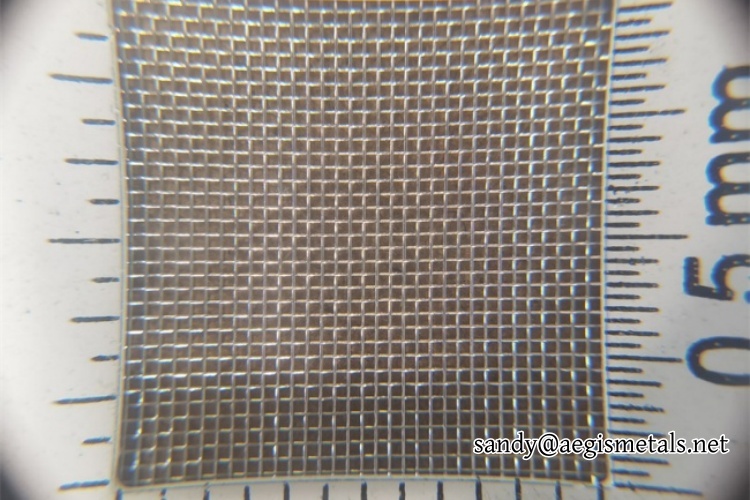Core Chemical Composition (per ASTM A240 Standard)
| Element | Content Range | Core Function |
|---|---|---|
| Carbon (C) | 0.04% – 0.10% | Improves strength and creep resistance at high temperatures (a key difference from low-carbon 316L) |
| Chromium (Cr) | 16.00% – 18.00% | Forms a passive film to provide basic corrosion resistance (oxidation and rust resistance) |
| Nickel (Ni) | 10.00% – 14.00% | Enhances the toughness of stainless steel and improves resistance to intergranular corrosion and chloride ion corrosion |
| Molybdenum (Mo) | 2.00% – 3.00% | A critical element that significantly improves resistance to acids/bases (e.g., sulfuric acid, phosphoric acid) and seawater/chloride ion corrosion |
| Silicon (Si) | ≤ 1.00% | Optimizes the smelting process and enhances oxidation resistance |
| Manganese (Mn) | ≤ 2.00% | Increases material strength and improves workability |
| Phosphorus (P) | ≤ 0.045% | A harmful impurity; its content must be controlled to avoid reducing toughness |
| Sulfur (S) | ≤ 0.030% | A harmful impurity; its content must be controlled to prevent hot working cracking |







